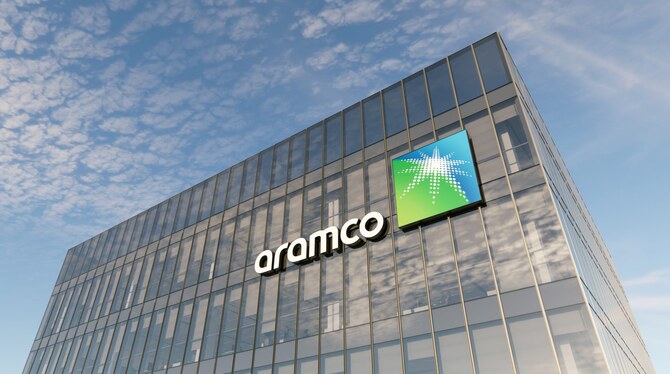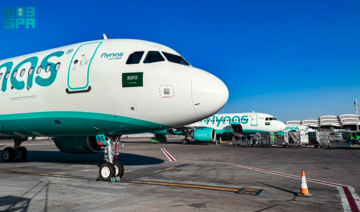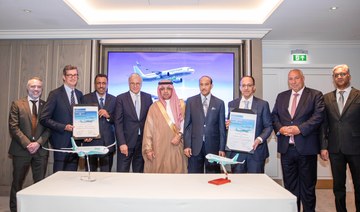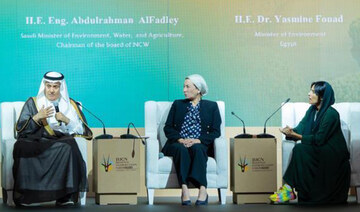RIYADH: Saudi oil giant Aramco has unveiled new agreements with its Chinese partners, Rongsheng Petrochemical Co. and Hengli Group Co., during Chinese Premier Li Qiang’s visit to the Kingdom.
According to a press release, these agreements underscore Aramco’s ongoing dedication to bolstering China’s long-term energy security and development while enhancing its strategic relationship with key regional partners.
The agreements include preliminary documentation for a development framework agreement with Rongsheng and a strategic cooperation agreement with Hengli Group. These collaborations occur as Saudi Arabia and China deepen their engagement in the energy and petrochemical sectors, reinforcing Aramco’s role in advancing mutual objectives in these critical industries.
The development framework agreement with Rongsheng involves the potential joint expansion of the Saudi Aramco Jubail Refinery Co. facilities. This follows an announcement in April 2024, when Aramco and Rongsheng signed a cooperation framework agreement that set the stage for a joint venture in SASREF and significant investments in the Saudi and Chinese petrochemical sectors.
The joint venture contemplates Rongsheng acquiring a 50 percent stake in SASREF, while Aramco would potentially acquire a 50 percent stake in Rongsheng’s affiliate, Ningbo Zhongjin Petrochemical Co. Additionally, the agreement includes participation in the expansion of ZJPC’s facilities and the development of a liquids-to-chemicals project at SASREF, representing a substantial enhancement in the petrochemical capabilities of both companies.
The strategic cooperation agreement advances discussions related to Aramco’s potential acquisition of a 10 percent stake in Hengli Petrochemical Co., contingent on due diligence and regulatory approvals.
This agreement follows a memorandum of understanding signed in April this year, which outlined the proposed transaction and set the foundation for further collaboration between Aramco and Hengli in the petrochemical sector.
Aramco’s Downstream President Mohammed Y. Al-Qahtani, emphasized the importance of these agreements, stating that they affirm the company’s belief in the long-term mutual benefits of close collaboration with Chinese partners.
“China is an important country in our global downstream growth strategy, and we look forward to building on a relationship that spans more than three decades to unlock new opportunities in this crucial market,” he said.
Al-Qahtani further said that these agreements reflect a shared intention to strengthen relationships in key sectors, advance Aramco’s downstream goals, and contribute to the vibrant energy and petrochemicals sectors in both China and Saudi Arabia.
These agreements are part of Aramco’s broader strategy to cement its position as a key player in the energy landscape while contributing to Saudi Arabia’s economic development. By fostering closer collaboration with Chinese partners and exploring innovative technological solutions, Aramco is positioning itself to meet the evolving energy needs of both nations.
The company’s relationship with China spans over three decades, and these latest agreements mark a continuation of this longstanding partnership, with a focus on future growth and innovation.

























